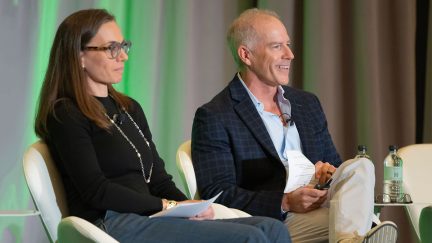For more stories like this, sign up for the PLANADVISERdash daily newsletter.
RBG Adds Southern California Team
Weir will serve as a managing director and financial consultant. He is responsible for retirement plan design, participant advising, investment management, fiduciary risk management, business succession planning and planned giving. Before joining RBG, Weir built his practice at Merrill Lynch. Focusing on managing retirement plans during the last three years, Weir’s team accumulated approximately $60 million in client assets. Weir holds a bachelor’s degree in sociology and philosophy from Carleton College in Northfield, Minnesota, and a master’s of business administration with a concentration in finance from Oxford.
As director of client relations, Sokhom’s primary focus will be ensuring the firm’s clients receive the necessary expertise and attention to pursue their financial goals. Sokhom has extensive experience in risk management, insurance, annuities and financial planning from her diverse background at companies including Merrill Lynch, Robert Half Executive Recruiting and Andersen Consulting. She holds a bachelor’s degree in economics from Carleton College and a master’s of business administration with a focus in finance from the University of St. Thomas in Minnesota. She holds the certified financial planner (CFP), chartered retirement plans specialist (CRPS) and chartered retirement planning counselor (CRPC) designations.
As well as managing a number of retirement plans, Weir and Sokhom serve as chief financial officer to families and business owners. Their team specializes in managing the overlap between business and personal wealth, managing retirement plans and helping individual clients plan for their own retirements.
The decision to join Retirement Benefits Group stemmed from their desire to align the firm with one that is focused on retirement planning, Weir said in a statement, citing Retirement Benefits Group’s expertise and array of tools. “We will also benefit from additional freedom in terms of the providers we work with and methods in which we price plans,” he said.
Retirement Benefits Group is a network of retirement plan consultants with headquarters in Southern California and 13 affiliate offices nationwide.
You Might Also Like:

Rethinking Opportunities for RIA Growth

Advisers Step Up as Clients Face Market Uncertainty
